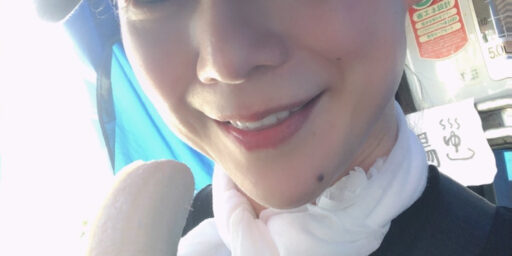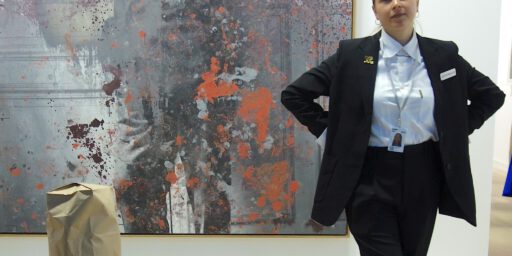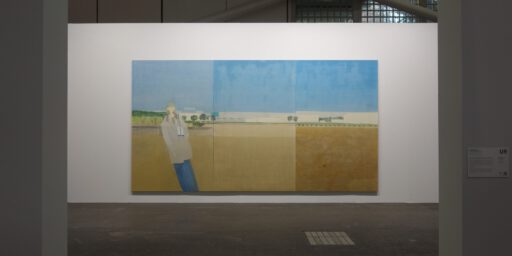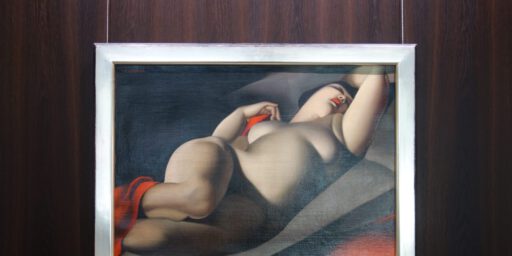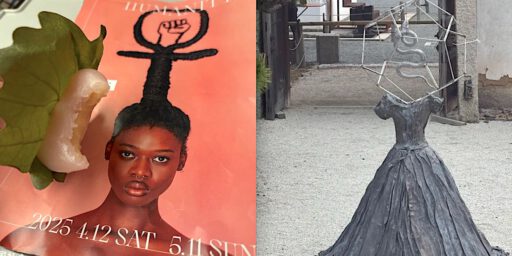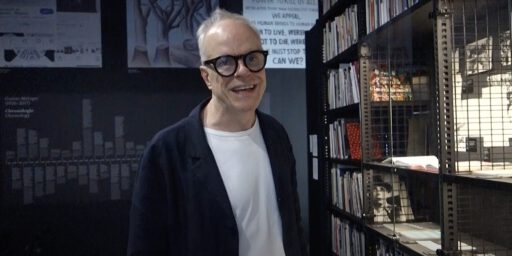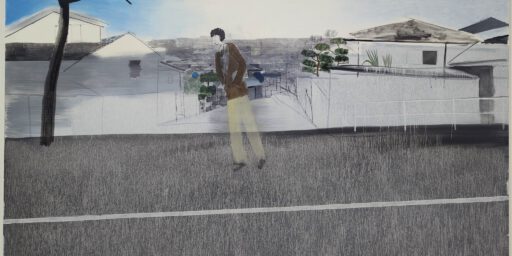日本アートって、なんですか? What is Japanese Art?
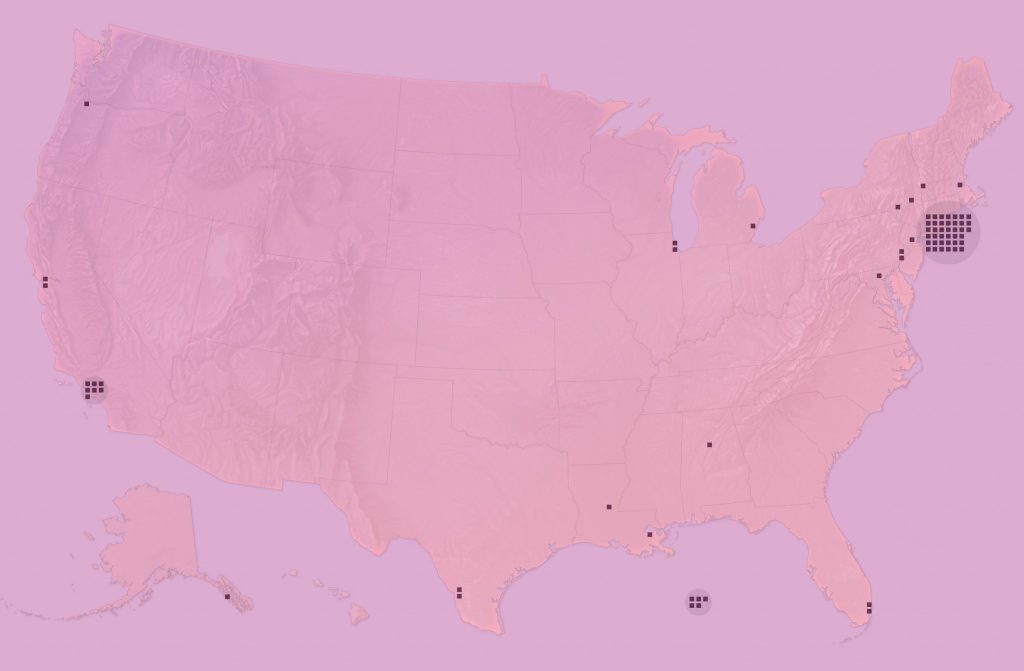
Today the New York Times published a well researched article about the historical landscape of artistic practice in the U.S.A.. Obvious conclusions wouldn’t cause me to post some quotes here on Art+Culture, but the last paragraph (quote 2) convinced me to share and give especially Japanese curators a hint regarding their group exhibitions.
quote 1:
At first look, mapping the locations of artists in the 2019 Whitney Biennial shows how little has changed. The New York area still supplies the lion’s share of participants. Los Angeles still runs a distant second. This year’s exhibition has no artists located in the Great Plains or Mountain West, and only three currently working in the South. For all of the country’s regional art scenes, artists who made the cut for the most prestigious American contemporary exhibition still work in many of the same places as they did decades ago.
Now, when nearly half of the artists in this year’s Biennial live in New York City, the vast majority of them list addresses in Brooklyn. It suggests that despite the gentrification and the rising cost of studio space, artists — especially the younger ones — still find a benefit in remaining in the city, and are finding ways to make it work.
quote 2:
Still, this is a diverse biennial, with more artists of color than white artists and more women than men. It includes Native artists and five who list addresses in Puerto Rico. As is now common, a number of artists in the show live outside the U.S.; the museum has loosened its definition of “American art,” and many artists live peripatetic lives. It is far too soon to know how strong an imprint this year’s Biennial will leave as a marker of the current American social and cultural climate. But the exhibition, as an institution, has maintained and arguably reinforced its influence on the art scene, in no small part by expanding the frame.
Full text:
Where Does Major American Art Come From? Mapping the Whitney Biennial.
SCOTT REINHARD, DEREK WATKINS, ALICIA
DeSANTIS, RUMSEY TAYLOR, and SIDDHARTHA MITTER
July 6, 2019 New York Times
https://www.nytimes.com/interactive/2019/07/05/arts/design/whitney-biennial-maps.html
In 2013 I published a text about Berlin-based SHIOTA Chiharu, who escaped Japan in the 90’s partly because of the narrow-minded, nationalistic art scene. It is worth to mention, that until today she hadn’t been given prestigious (!) awards by the Japanese government, Tokyo city, prefectural governments or Japanese art organizations.
(In 2007, she received the Art Encouragement Prize from the Japanese Minister of Education, Culture, Sports, Science and Technology. )
An art outsider from Japan, who finally got her retrospective this summer, organized by a privately run museum, called the Mori Art Museum.
塩田千春作:孤独と生命線の神秘な相関巣 (過去サイト・アーカイブの再投稿、2013年2月3日)
SHIOTA Chiharu: Mysterious Nest-specific Correlations Between Loneliness and Lifelines (repost from the archive, 2013/2/3)
https://art-culture.world/articles/shiota-chiharu-shiota-塩田千春/
quote:
そうすると将来、例えば、20年、30年後、ベルリン在住の塩田さんをどの様に「カテゴライズ」すればいいかを考えなければなりません。
「ドイツのコンテンポラリー・アーティスト」または「日本の現代美術家」のどちらでお呼びすれば良いのでしょう?(7) 我が島国では、国際活動の場合、いつも言葉の定義に悩まされます。そもそも彼女の理念、「製作の居場所」に対して、この質問は重要でしょうか?
特にアートシーンの中では、東京よりベルリンの方が生活しやすい環境である事はよく知られていますが、彼女の場合、アーティスト・キャリアと幸せな子育てという人生設計で考えると、ある程度固めた生活場所を確保するのが普通でしょう。とすると、ドイツに暮らしていたとしても、にっぽんの芸術賞や紫綬褒章は、はたして期待出来るのでしょうか?
Last, abstractly speaking, Japanese art historian like to point out to the “uniqueness”, “Japanese identity”, “Japan-specific art practice” even in the Japanese contemporary art world. That kind of national-oriented thinking produces artists who respond to the wishes of those art historians and their affiliated curators. There are even cases, where gallerists pick up artists who have those art historian’s writing-concepts in mind.
Eventually, as in my case, art practice in Japan evolves out of this mood as an “affirmative-counter-art”. Some art works had been re-contextualized with humor, sarcasm, social commentary or punchy activism. Said that, – however, – sometimes you have to realize some serious work, too.
Tokyo, Japanese Imperial Era Reiwa 1, July 7th
Mario A
